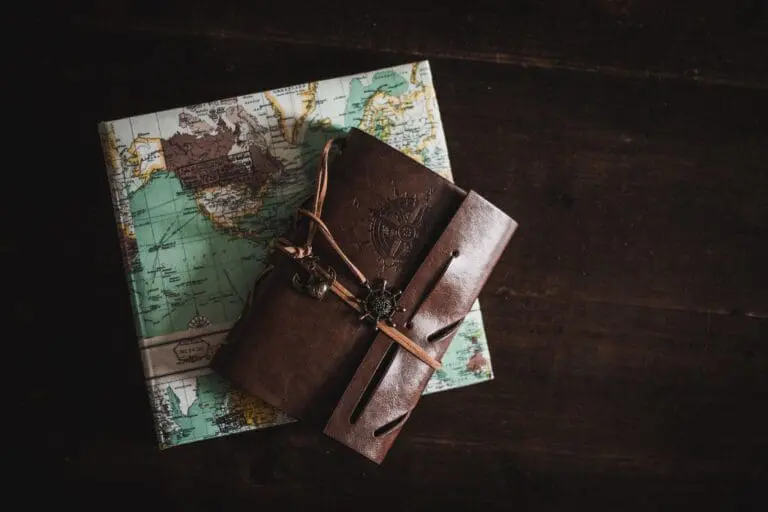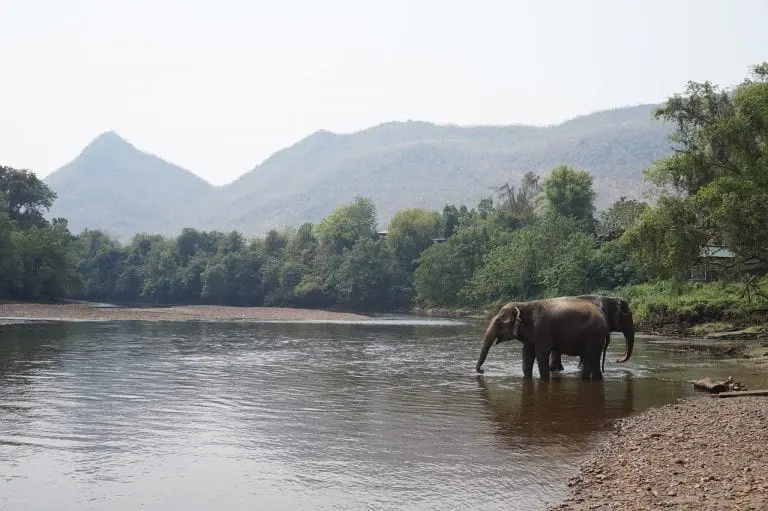Essential Steps After a Car Accident – Preparing Drivers of Every Age

Driver Ed classes focus on training and accident prevention. They provide only a quick glimpse into the realities of actually dealing with a serious car accident. It’s not something we like to think about. But I’m reminded by our Hobbit writer, J.R.R. Tolkien —
“It does not do to leave a live dragon out of your calculations if you live near him.”
There are just too many beasts on the road to skip this kind of important planning for what we hope will never happen, but statistically, know could happen.
What To Do After a Car Accident Involving Vehicle Damage & Injuries
Most of us know the general guidelines: If it’s a minor fender bender, pull over to the side of the road, check for damage and exchange info with the other drivers if the situation calls for it.
But when significant damage and injuries exist in a car crash, recovery becomes the goal, medical bills and missing out on paychecks may become the reality, and until people choose to do the right thing, lawsuits may be needed to reclaim justice.
Here are the essential safety and legal steps to take after a car accident when it involves injuries and vehicle damage.
- Remain at the scene of the accident – Don’t drive off, even if you are sure you were not at fault. It could be mistaken for a hit & run.
- Call the police if no one is injured, but significant damage exists – A police officer will help create a report, interview eyewitnesses, and help gather evidence of what happened. In some states, reporting damage of more than $1,000 to a police officer or state trooper is required by law.
- Call 911 if you are injured and able to make the call, and get immediate medical help. Kind of like an airline designates with emergency oxygen masks, take care of yourself and your own vehicle’s needs first, then, if able to, check and see if other vehicles involved have injuries and need help.
- Try not to move vehicles – If your vehicle comes to rest in a dangerous place, of course, move it. But when possible, leave your vehicle exactly where it is. The moment you move it, the real story of what happened — the evidence — begins to disappear.
- Take photos, Take videos, Record Audio – Your mobile device can be an important tool for documenting evidence of what happened. It’s a good idea to press record and start telling the story of what happened. Do the same with videos, and make sure to include photos of damaged vehicles and property, any skid marks, and the location or intersection, including street signs.
- Exchange information with other drivers including:
- Name of drivers
- Name of insurance company & policy number of drivers
- Driver’s License Number
- License plate number
- Take names & contact info of any witnesses
- Get a business card from the police officer on the scene
- Guard what you share at the scene – That’s another way of saying “Don’t admit it’s your fault.” Take a breath, step away, collect yourself. The reality is, car accidents need to be fully investigated. Maybe someone ran a red light or was speeding. Get the details before determining fault.
- Avoid missing the deadline for filing a lawsuit, get a car accident legal team in place promptly. You deserve justice and compensation if someone acted negligently and injured you and your property. Most attorneys who handle car accident cases work on a contingency fee basis. That means they front all the legal expenses, and you don’t pay anything until they actually collect money (or what they call “damages”) on your case. If they don’t win for you, you don’t pay them.
- Continue all medical treatments as recommended by your doctor – You can bet that insurance companies are checking in on your progress, making sure you are actually injured as your claim indicates. Skipping doctor appointments could send the wrong message and be used as evidence against you and your important case.
If you’d like even more detailed information and references for these steps, click here.
It may feel strange to rehearse for a car accident, but that’s exactly what we do for other emergencies: fire drills, earthquake drills, tornado drills, etc. It’s getting us ready for the unexpected. Consider a practice run of what to do after a car accident so that you and your family will be better prepared should you ever need to deal with these tough realities.
Similar Posts:
- None Found









